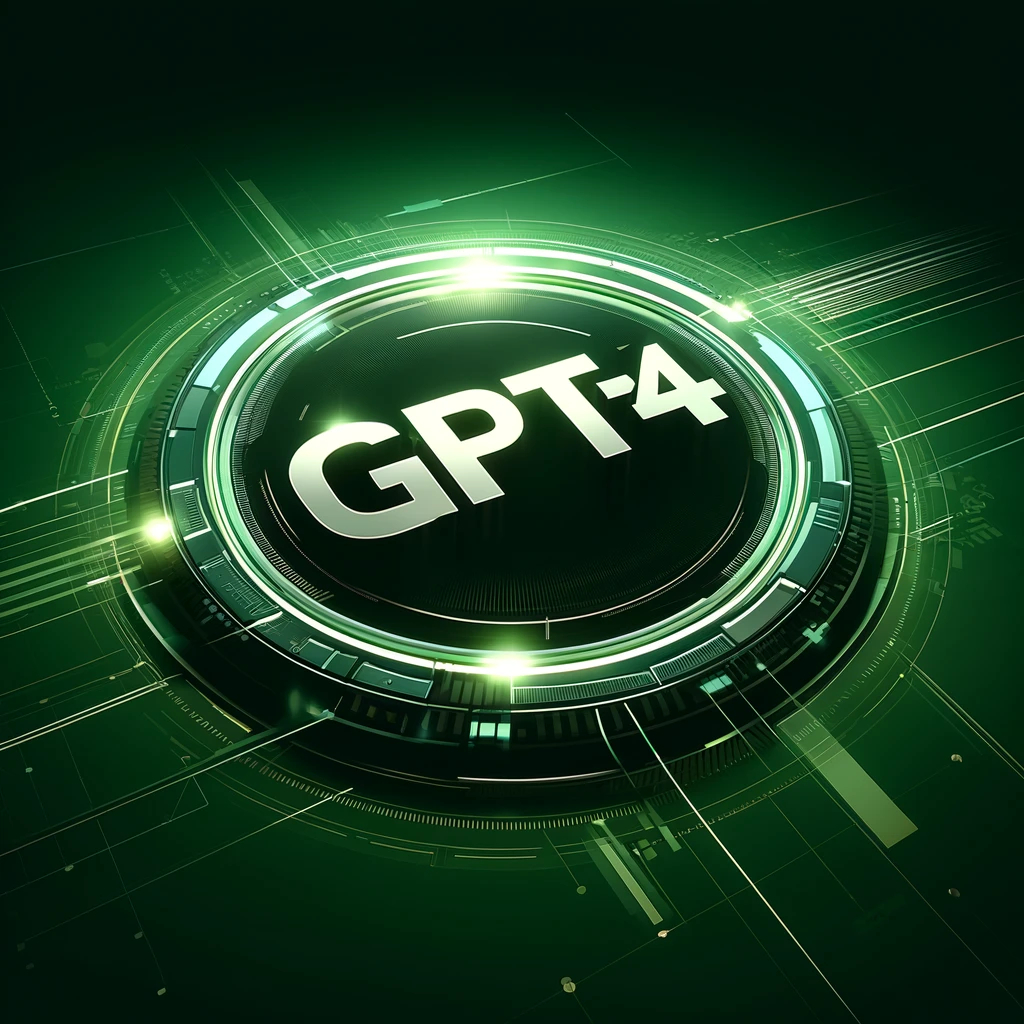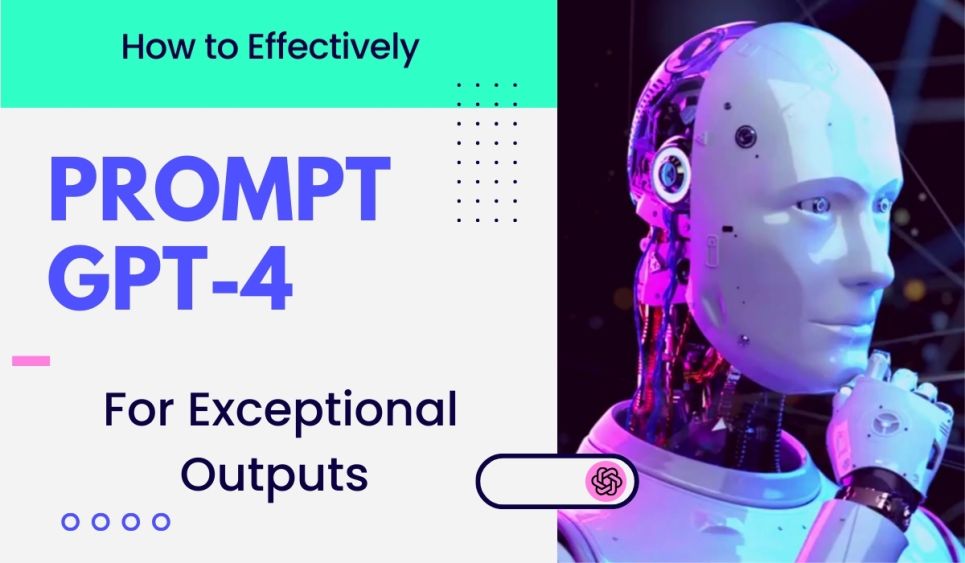The Science of GPT-4 Prompting: How to Write Effective Prompts for Exceptional Outputs
GPT-4, OpenAI's latest language model (As of 3 May 2024), has captivated the world with its extraordinary abilities. It can interpret text and imagery as a multimodal model, presenting vast opportunities for developers and users. This article explores the skill of crafting prompts for GPT-4 to unlock its complete capabilities and generate remarkable results.

Understanding GPT-4's Capabilities
Before discovering prompt engineering techniques, it's essential to grasp the extent of GPT-4's abilities:
- Multimodal Processing: GPT-4 can accept text and image inputs, allowing for more diverse and creative applications.
- Enhanced Reasoning: GPT-4 exhibits significantly improved reasoning and problem-solving skills compared to its predecessor.
- Expanded Context: With a context window of up to 32K tokens (around 25,000 words) (128K for GPT-4 turbo), GPT-4 can handle much longer and more complex tasks.
- Human-Level Performance: GPT-4 has demonstrated human-level performance on various professional and academic benchmarks, such as simulated bar and graduate-level exams.
Crafting Effective Prompts
To get the most out of GPT-4, it's crucial to master the art of prompt engineering. Here are some key techniques to keep in mind:
- Be Specific: The more specific your prompt, the better the output. Clearly define the task, context, and desired outcome.
- Provide Context: Include relevant background information to help GPT-4 understand the context of your request.
- Use Examples: If you have an example of your desired output, include it in the prompt. This helps GPT-4 understand your expectations.
- Limit Prompts: Avoid asking GPT-4 for too many unrelated things simultaneously. Break down complex tasks into smaller, more manageable prompts.
- Ask for Clarification: If GPT-4's response is unclear or doesn't meet your expectations, ask for clarification or rephrase your request.
- Ask for Reasoning: If you want to understand the reasoning behind GPT-4's response, ask it to explain its thought process.
- Use Role-Playing: If you're looking for a specific style or tone, ask GPT-4 to assume a role or persona that matches your needs.
- Use System Messages: Using the API, use system messages to guide GPT-4's behavior and style.
- Experiment with Temperature: Adjust the temperature setting to control the creativity of the output. A lower temperature results in more focused, deterministic responses, while a higher temperature allows for more creative and varied outputs.
- Iterate and Refine: Don't be afraid to refine your prompts and iterate on your requests. The more you work with GPT-4, the better you'll understand how to get the most out of it.
| Normal Prompt | Enhanced Prompt |
|---|---|
| Write a poem about nature. | Here's an example of the type of poem I'd like you to write: [example]. Now, write a 16-line poem about the beauty of nature in a similar style, focusing on the themes of renewal and harmony. Use vivid imagery and a consistent rhyme scheme. |
| Explain quantum computing to a high school student. | Considering the recent advancements in AI, discuss the potential implications for the job market over the next decade. Include positive and negative impacts, and provide examples of industries that may be most affected. |
| Classify the intent of the following user queries: | What's the weather like today in New York? Book a table for two at an Italian restaurant nearby. How do I reset my password? Play some jazz music. What are the best hotels in Paris? | You are an AI assistant that specializes in classifying user intents based on their queries. Your task is to accurately categorize the intent behind each user's message from the list provided below. When classifying the intent, consider the following: Look for keywords and phrases that strongly indicate a specific intent Analyze the context and overall meaning of the query, not just individual words If a query could potentially match multiple intents, choose the most likely one based on the available information If a query does not clearly match any of the predefined intents, classify it as "Other" Here are the user queries: What's the weather like today in New York? Book a table for two at an Italian restaurant nearby. How do I reset my password? Play some jazz music. What are the best hotels in Paris? |
GPT-4 Limitations
While GPT-4 is incredibly capable, it's essential to be aware of its limitations and potential pitfalls:
- Hallucinations: GPT-4 can sometimes generate plausible-sounding but incorrect information, known as "hallucinations." Always verify important facts.
- Bias and Safety Concerns: GPT-4 may exhibit biases or generate inappropriate content like other LLMs. Use caution and implement safety measures when necessary.
- Lack of True Understanding: Despite its impressive performance, GPT-4 does not possess genuine understanding or reasoning capabilities. This is essential to remember when interpreting its outputs.
You can still achieve remarkable results with GPT-4 by understanding these limitations and working within them.

Pro Techniques to Improve GPT-4 Prompting
As large language models like GPT-4 evolve, so will the art of prompt engineering. Researchers and developers are continually exploring new techniques to improve the efficiency and effectiveness of prompts, such as:
- Prompt Tuning: Fine-tuning prompts for specific tasks or domains to achieve better results with fewer examples.
- Prompt Chaining: Combining multiple prompts in a sequence to break down complex tasks into more manageable steps.
- Multimodal Prompting: Leveraging GPT-4's multimodal capabilities by combining text and image prompts for more creative and engaging outputs.
As these techniques advance, the possibilities for what we can achieve with language models like GPT-4 will only grow.





